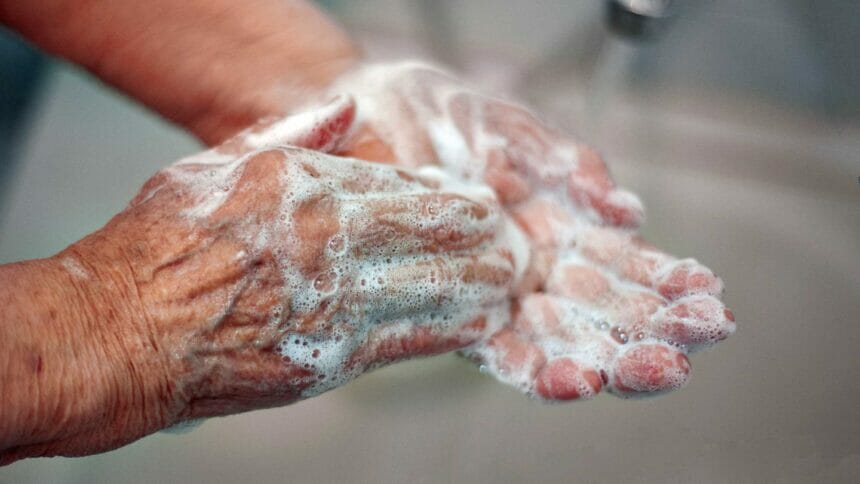
Healthcare workers who had the highest risk for being exposed to SARS-CoV-2 also were most likely to be noncompliant with COVID-19 infection prevention measures, according to a new report.
The study was published today in the American Journal of Infection Control. The source of the data was 191 healthcare workers at the University of North Carolina Medical Center. The participants responded to surveys between July 2020 and January 2021. The questionnaires asked the workers to share their experiences on virus exposure and whether or not they stuck to infection precaution standards.
There were three groups of healthcare workers surveyed: 45% were doctors, advanced practice providers, physician assistants and nurse practitioners; 27% were registered nurses; and 28% were therapists, dieticians, and those working in food and environmental services. In addition to surveys, the researchers monitored the workers and reported data on their infection control.
Some 57.4% of registered nurses were in roles that put them at a higher risk of SARS-CoV-2 exposure (like dealing with people who had the virus), compared to nearly 29% of physicians and 38% of people in the third group. Healthcare workers who were more likely to be exposed to the virus were also 5.74 times more likely to say they made at least one error in following infection precautions in the previous two weeks.
In terms of sticking to personal protective equipment guidelines, 33.3% of registered nurses and 26.5% of doctors said they had one error in a two-week span compared to 9.6% in the other category of workers. Most had good access to gowns, gloves and other personal protective equipment.
Hand hygiene was a big sticking point, as it was the task that was performed incorrectly the most. The workers stuck to hand and glove protocol 40% of the time in rooms with people who had COVID-19, the study found.
“While error rates varied by job type, what this study really shows is that all three groups of healthcare personnel were at risk of SARS-CoV-2 exposure and were making errors in adherence to infection prevention protocols during the height of the pandemic,” Emily J. Haas, PhD, lead author and a research health scientist at the Centers for Disease Control and Prevention’s National Institute for Occupational Safety and Health and National Personal Protective Technology Laboratory, said in a statement. “This is a clear demonstration that we need to improve engagement in our training for emergency preparedness and to create a more strategic response that will help our healthcare workers stay safe even in times of extreme stress.”




